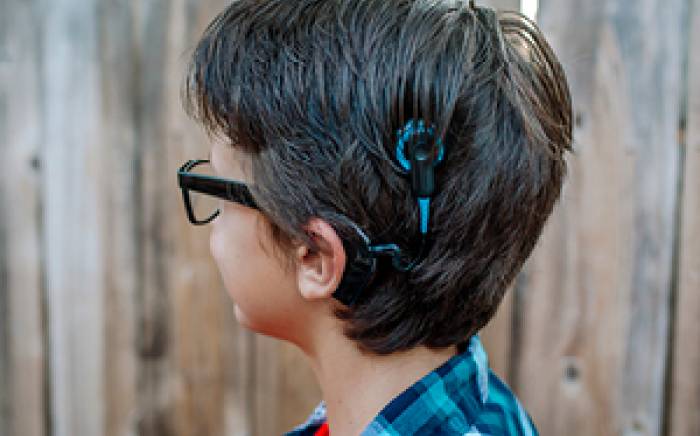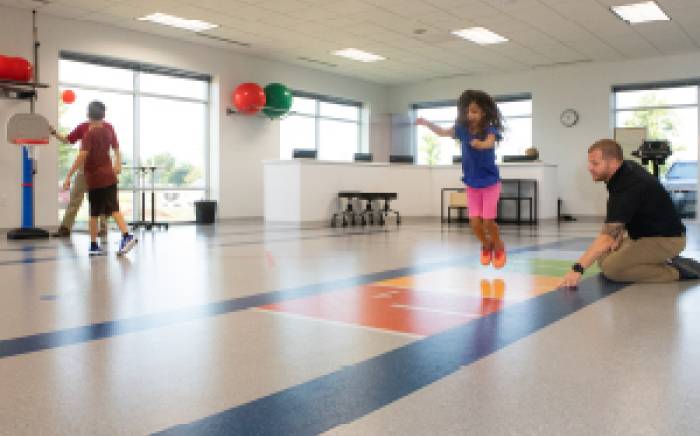The following case study was used by Andrew J. White, MD, the James P. Keating, MD, Professor of Pediatrics and division director of pediatric rheumatology, Washington University School of Medicine, and director of the St. Louis Children’s Pediatric Residency Program, as part of the “Patient of the Week” (POW) series. Many of the POW case studies cover uncommon illnesses, or common illnesses with unusual presentations. If you would like to be added to the POW email distribution, send an email to white@kids.wustl.edu.
 CC: “Rash”
CC: “Rash”
Term baby admitted to the NICU who is well-appearing, except for this rash that started at nine hours of life and comes and goes. It only occurs on exposed extremities. Child otherwise looks great, labs and echo are normal. Nothing in the family history.
Differential diagnosis:
1. Unknown
2. Scleredema (not scleroderma... congenital scleredema has been reported, but very rarely. It is progressive however, not episodic)
3. Urticaria, (cold induced urticaria due to mutations in CIAS1, e.g.)
4. Cutis marmorata telangiectatica congenital, doubt
Diagnosis: Infantile transient smooth muscle contraction of the skin Comment: Transient phenomena are relatively common in newborns, and include acrocyanosis, cutis marmorata, abnormal sweating, and harlequin color changes, which are believed to be due to immaturity or instability of the autonomic nervous system. This infant appears to have another, caused by transient smooth muscle contraction.
In reference No.1 below, nine newborns were described with this phenomenon, all AGA term, and all triggered by cold air exposure, friction of bathing, but in some cases occurring spontaneously (or without recognized trigger). Skin biopsies in three of the children were normal, although a few showed hyperplastic smooth muscle tissue. The legs are affected predominantly, and in-between episodes, the skin appears normal. The phenomenon resolves as the infants age, generally gone completely by 18 months.
References:
1. Torrelo, et al, Infantile transient smooth muscle contraction of the skin, J Am Acad Derm, Sept 2013, p 498
2. Eichen eld, et al, Neonatal dermatology, 2nd ed, Philadelphia PA, Elsevier, 2008
3. Fine, et al, Transient rippling of the skin (smooth muscle hamartoma?). Ach Dermatol 1974;110:141









